Stainless steel knowledge
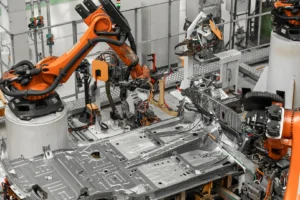
What is the Advantage of Stainless Steel 316L? Cost-Effective Sourcing for High-Corrosion Environments
Stainless steel 316L is renowned for its exceptional corrosion resistance, particularly in marine and chemical environments, due to its molybdenum content. This makes it a durable and cost-effective choice for industrial applications, significantly reducing maintenance and replacement costs. The ‘L’ in 316L indicates low carbon content, ensuring superior weldability and preserving corrosion resistance. Effective sourcing strategies, such as partnering with integrated suppliers like MFY, ensure stable pricing and reliable inventory. Regular maintenance and avoiding carbon steel contamination further enhance its longevity….
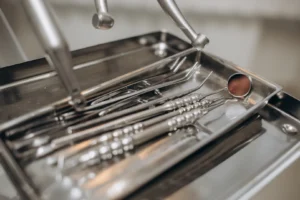
Stainless Steel Lead Time Secrets: A Manufacturer’s Guide to Reducing Supply Wait
Long lead times for stainless steel disrupt production and inflate costs. To reduce these delays, manufacturers must understand supply chain dynamics and adopt strategic measures such as partnering with integrated suppliers and utilizing advanced forecasting techniques. Key challenges include raw material volatility and logistics bottlenecks, which can be mitigated by strategic safety stock and diversified sourcing. Embracing technological innovations like AI and digital platforms further enhances supply chain transparency and agility, leading to reduced lead times and a stronger competitive edge….
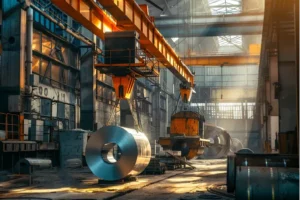
MFY’s Integrated Sourcing: A Direct Link to Stainless Steel Manufacturers
MFY’s integrated sourcing model revolutionizes stainless steel procurement by establishing direct links with top manufacturers, eliminating intermediaries. This approach enhances supply chain efficiency, reduces costs, and offers clients a reliable supply of high-quality materials. The traditional complex supply chain is replaced with a streamlined, transparent model that provides real-time information and faster communication. By fostering direct relationships with manufacturers, MFY ensures competitive pricing, reduced lead times, and a resilient supply chain that adapts to market changes. This strategic model benefits both clients and manufacturers by stabilizing demand and optimizing logistics….

Main Stainless Steel Grades and Grades Chart: A Quick Guide for Sourcing
This guide simplifies the complex process of sourcing stainless steel by introducing a strategic grades chart. It details the four main families of stainless steel: austenitic, ferritic, martensitic, and duplex, each with unique properties suitable for various applications. The article emphasizes the importance of understanding these properties to make informed decisions, thereby optimizing performance and cost-efficiency. It highlights how different grades offer varying levels of corrosion resistance, mechanical strength, and cost-effectiveness, helping businesses select the most suitable material for their specific needs….
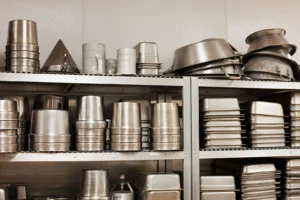
Ultimate Guide to Stainless Steel Grade Selection: For Pipe & Coil Applications
Selecting the right stainless steel grade for pipes and coils is crucial to avoid costly failures. This guide outlines key considerations such as corrosion resistance, mechanical properties, fabrication requirements, and total lifecycle cost. By focusing on service environments, mechanical demands, and cost, businesses can ensure long-term durability and efficiency. The guide emphasizes the importance of a strategic approach in material selection to achieve optimal performance, sustainability, and competitive advantage in various industrial applications….

Food Grade Stainless Steel Selection Guide: 5 Quality Control Checks
Selecting the right food-grade stainless steel is crucial for safety, hygiene, and compliance in food processing. This guide outlines five essential quality control checks to ensure optimal material choice: understanding its importance, verifying alloy composition, inspecting surface finish, evaluating corrosion resistance, and confirming regulatory compliance. These steps help prevent contamination, ensure longevity, and build consumer trust by demonstrating commitment to safety. By following this comprehensive approach, businesses can protect their brand reputation and avoid costly recalls or legal issues….

The Ultimate Guide to 316/316L Stainless Steel Corrosion Resistance for Maritime Projects
Maritime projects are constantly under threat from saltwater corrosion which can compromise structural integrity and safety. 316/316L stainless steel, with its molybdenum and nickel content, offers superior corrosion resistance, making it ideal for marine environments. This material helps prevent pitting and crevice corrosion, ensuring longevity and reducing maintenance costs. The article explores its applications in shipbuilding, offshore structures, and coastal infrastructure, while addressing challenges like crevice corrosion. Strategies for enhancing its performance include proper design, regular cleaning, and surface treatments like passivation and electropolishing….
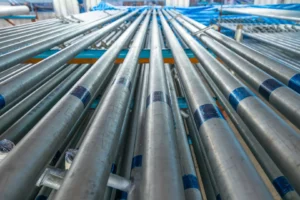
304 vs. 316 Stainless Steel: Cost, Performance, and Export Applications
This article compares 304 and 316 stainless steel, focusing on their differences in chemical composition, cost, and suitability for various export applications. While 304 is cost-effective for general use, 316 offers superior corrosion resistance due to its molybdenum content, making it ideal for harsh environments like coastal or chemical settings. The article highlights cost considerations, emphasizing the importance of evaluating long-term value over upfront costs. It also outlines the best-fit scenarios for each grade, helping businesses choose the right material for their specific needs, ensuring durability and compliance in international markets….
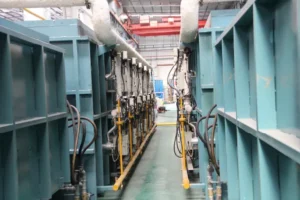
Why 201 Stainless Steel is a Cost-Effective Choice for Specific Applications and Industries
201 stainless steel is a budget-friendly alternative to higher-grade steels, featuring a low-nickel, high-manganese composition. This makes it a practical choice for industries focused on balancing performance with affordability. Its cost-effectiveness stems from reduced raw material expenses, offering stable and predictable pricing. Ideal for indoor or mild-environment applications, 201 stainless steel is used in kitchenware, decorative trim, and light structural components. Despite its lower corrosion resistance compared to 304, it serves well in non-corrosive environments, making it a strategic choice for cost-conscious businesses. Partnering with knowledgeable suppliers like MFY ensures optimal use and quality assurance….

Why 201 Stainless Steel is a Cost-Effective Choice for Specific Applications and Industries
201 stainless steel is an economical material choice for many non-critical applications due to its unique chemical composition, substituting expensive nickel with manganese and nitrogen. This substitution maintains necessary strength and moderate corrosion resistance while reducing costs significantly. 201 stainless steel is favored in industries requiring durability and aesthetics, such as kitchenware, architectural decoration, and automotive components, where extreme corrosion resistance is not essential. It offers direct material cost savings, supply chain stability, and enhanced market competitiveness, making it a strategic option for businesses operating in less corrosive environments….